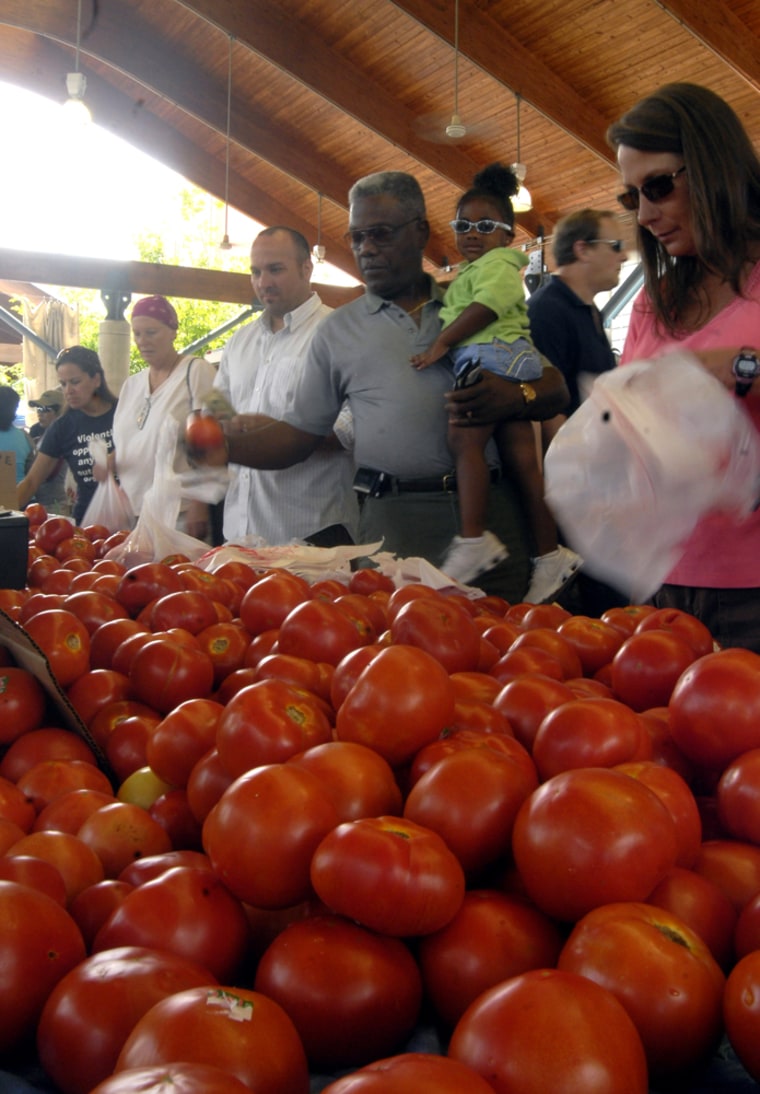I was in Manila investigating a kidnapping and although as an FBI agent, I was always on the alert for trouble — especially when I traveled in problem areas around the world — I never saw “the silent assassin” when it attacked me. Salmonella, a bacteria that finds its origin in animal feces, had hidden somewhere in the food I ate there and began its attack on me the following morning. All the symptoms were there: the severe cramps and fever that eventually left me doubled up on the floor. Due to dehydration, I soon found myself in a local hospital with IVs in my arms and legs. “We could have lost you,” the local doctor said.
Although we normally think of nuclear weapons when we hear the term “weapons of mass destruction,” when attacked by salmonella, I felt as if I had been hit by a bomb. The “weaponizing” of an invisible potential assassin like salmonella has not escaped the eyes and ears of terrorists. Many may recall the 1984 Rajneeshee bioterrorist attack when a group called Osho, led by a man calling himself the Bhagwan Shree Rajneesh, tried to sway a local Oregon county circuit court election by contaminating the salad bars in most local restaurants with salmonella. This act allowed Rajneesh’s followers, who ate at home, to be the only local residents well enough to show up and vote. About 751 local residents contracted salmonellosis and almost 50 went to the hospital. Although no deaths were associated with this act of bioterrorism, it proved to anyone watching the ease at which a bioterrorist attack can be mounted.
Shortly after the Sept. 11 terror attacks, America sustained a second wave of attacks, this by a suspected domestic terrorist using anthrax as his bioterrorism weapon of choice. The biological attack would come in two phases, with deadly anthrax spores sent in envelopes postmarked 9/18/01 from Trenton, N.J., although authorities believe the letters were mailed from Princeton. A second set of similar letters were mailed some three weeks after the first deadly letters. Five people were killed and 17 others were infected by the deadly spores. Investigators believe the killer letters contained at least two different grades of anthrax, and while some believed that the anthrax had been “weaponized” in a national lab, the FBI would later suggest that the anthrax could have been milled in a makeshift home laboratory. Dozens of suspects were interviewed, both foreign and domestic, but no one has been charged, much less convicted of this attack.
Many believe that a bioterrorist attack on U.S. agricultural targets is reasonable and probable. Biologics are cheap, easy weapons to obtain and deploy. They are both hard to detect and easy to transport without detection. One of the many challenges of bioterrorism is that biological agents such as anthrax, smallpox and the plague, long believed to no longer be a significant threat (the last recorded incident of smallpox was in the late 1970s), can easily be developed and deployed and it would be hard to determine whether the incident was an accident or an attack. How to protect a large population group is the ongoing challenge to governments that might need to protect its citizens from such an attack, one that, potentially, could kill tens of thousands and render that country’s military forces incapable of defending itself. Al-Qaida and other terrorist groups are believed to have seriously explored the use of these horrible weapons.
Heavy price to pay
Foodborne illnesses currently cost our nation over $7 billion per year for related medical expenses and lost work. What if such contaminations were done intentionally, and on a large scale? The potential economic losses and associated threat to life could reach Biblical proportions.
Recent reports indicated that certain lots of frozen, stuffed chicken breasts and Malt-O-Meal puffed rice have been recalled due to salmonella contamination. Now we are faced with a new “red scare,” the threat of a 17-state salmonella outbreak affecting the U.S. tomato industry. Most of the suspected tomatoes are believed to come from Florida and Mexico, the latter of which supplies 80 percent of the tomatoes consumed in the U.S. and a country that had three times the number of reported salmonella infections (120,000) as were reported in the U.S. last year. Almost 400 people in 23 states have been sickened so far, with the cause and full extent of contamination yet to be determined. Was it natural, accidental, or the intentional work of terrorists? No matter the cause, restaurants, grocery stores and private buyers are avoiding certain tomatoes.
Hundreds of millions of dollars may be lost with businesses, and workers in that industry ruined for life. This is especially true when we realize that this incident, and any similar but intentional attack on our food system, won’t show up until the source of contamination has had the opportunity to infect thousands. By then the affected product, tomatoes in our current case that were pulled from the shelves of stores are probably not the tainted products. After the delay in time such products would likely already passed through our food distribution system and been consumed long before the alert and recall could ever be sounded.
How long will it be before terrorists realize they don’t need nuclear weapons or any other physical plan of attack to destroy a population when all they need is a biological agent to target a food group? While the tomato scare is real, the source of the salmonella, one that has traveled across 17 states and perhaps an international border to our south, has yet to be positively identified. This incident may be natural or accidental, but the example has once again proven to budding terrorists that all they need do to attack Americans' heartland, and stomachs, is a little Agriculture 101 Agroterrorism.
Clint Van Zandt is a former FBI agent, behavioral profiler and hostage negotiator as well as an MSNBC analyst. His Web site, , provides readers with security-related information.
